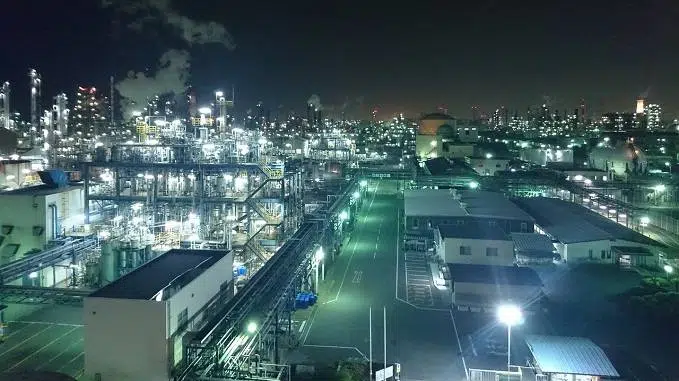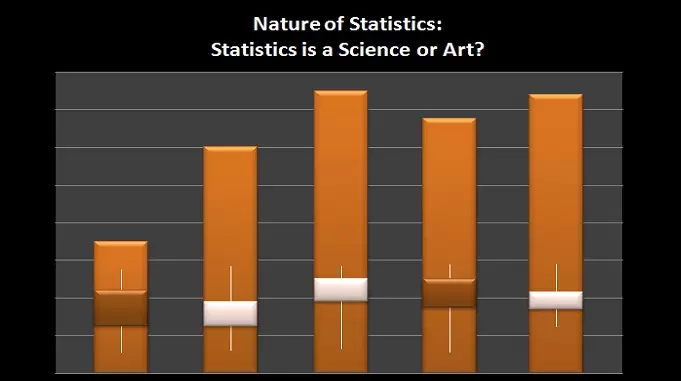
Light pollution is a growing problem that affects our night sky and the entire planet. And yet, most of us are unaware of what it is, how it affects us, and how it can be prevented. In this article, we will look at what light pollution is, its causes, effects, and solutions, to help you understand this growing problem. We will also discuss how to measure it, light pollution observatories, and a night sky without this pollution. So, let’s get started!
Introduction:
Light pollution is a type of pollution that is caused by the excessive use of artificial light. It is a form of over-illumination, or the use of too much light for certain purposes, such as advertising and decoration.
In other terms, Light pollution is the excessive or misdirected artificial light produced by human activity that interferes with the natural darkness of the night sky.
It has been increasing in recent years due to the increasing use of artificial lighting. It has been known to have a range of negative effects on humans, animals, and the environment. It can be seen as a form of environmental degradation since it affects the natural night sky and its inhabitants. But what is it, exactly? Let’s find out.
Read Also – Stars are rapidly disappearing from the night sky. Why is this?
What is Light Pollution?
Light pollution is the impact of human-generated artificial light on the environment. It is caused when too much light is emitted into the atmosphere and it affects plants, animals, and humans. It can also be seen as a special type of pollution since light pollution can interfere with the natural darkness of the night sky. This can have a variety of negative impacts on both the environment and human society. Wildlife, human health, and stargazing may all suffer as a result of this.
Light pollution is classified into two types: Direct and Indirect. Direct light pollution is caused by the direct emission of light from outdoor lighting fixtures. This includes street lights, floodlights, and other artificial lights that are used outdoors. Indirect light pollution is caused when the light from these fixtures is reflected off of surfaces and scattered into the atmosphere.
It can be measured in a variety of ways, such as through mapping of the night sky or by measuring the amount of light that is scattered into the atmosphere. It can also be measured through satellite imagery and ground-based monitoring.
Causes of Light Pollution:
It is caused by the excessive use of artificial light. This includes outdoor lighting fixtures such as street lights and floodlights, as well as other forms of lighting used outdoors, such as advertising and decorative lighting.
It can also be caused by the reflection of light off of surfaces, such as buildings and roads. This type of light pollution is referred to as skyglow, and it is caused by the scattering of light into the atmosphere.
It can also be caused by the use of certain types of lighting, such as high-intensity discharge (HID) lighting. HID lighting emits a large amount of light into the atmosphere, which can be seen from a distance.
Read Also – Are Rocket Launches damaging the Ozone Layer?
Effects of Light Pollution:
Light pollution has a range of negative effects on humans, animals, and the environment. These effects include:
1. One major impact of this pollution is on wildlife. It can interfere with the natural darkness of the night sky, which can affect the behavior of nocturnal animals and disrupt the natural rhythm of nature.
Many animals, such as birds and sea turtles, rely on natural light cues to navigate, breed, and feed. Artificial light can disrupt these cues, causing confusion and disorientation. This can lead to decreased reproduction, increased mortality, and declines in populations.
Read in detail – Effects of Light Pollution on Environment and Wildlife
2. In addition to its effects on wildlife, this pollution also has negative impacts on human health. It can also disrupt the sleep cycles of humans, as well as cause eye strain and headaches.
Exposure to artificial light at night can disrupt the body’s natural sleep-wake cycle, leading to sleep disorders and other health problems. It can also affect our ability to produce melatonin, which is a hormone that regulates our circadian rhythm, a 24-hour internal clock that plays a critical role in when we fall asleep and when we wake up.
3. This pollution can also have an adverse effect on the environment, as it can interfere with the photosynthesis process in plants and lead to an increase in global warming.
4. This pollution can also lead to an increase in air pollution, as the light from outdoor lighting fixtures can scatter into the atmosphere and contribute to the formation of smog.
5. It can also interfere with astronomical observations, as the light from outdoor lighting fixtures can obscure the night sky.
This pollution has negative impacts on stargazing and the enjoyment of the night sky. Bright lights from cities and towns can make it difficult to see stars, planets, and other celestial objects. This can be a major disappointment for amateur astronomers and others who enjoy the beauty and wonder of the night sky.
Night Sky without Light Pollution:
The night sky without this pollution is a truly awe-inspiring sight. Without the interference of artificial light, the night sky is filled with stars, galaxies, and nebulae. This is a sight that is only visible in very remote areas that are free of light pollution.
The night sky without this pollution can also be seen in light pollution observatories. These observatories are equipped with specialized instruments to measure the amount of light that is scattered into the atmosphere, and they can provide a clear view of the night sky without the interference of artificial light.
Solutions to Light Pollution:
Light pollution can be prevented by reducing the amount of artificial light that is emitted into the atmosphere. This can be done by:
1. Reducing the number of outdoor lighting fixtures, such as street lights and floodlights.
2. Installing lighting fixtures that direct light downward, instead of in all directions.
3. Replacing traditional lighting fixtures with LED or other low-energy lighting fixtures.
4. Installing motion sensors on outdoor lighting fixtures, so that they only turn on when needed.
5. Shielding outdoor lighting fixtures, so that the light is only directed downward.
6. Turning off outdoor lighting fixtures when they are not needed.
7. Encouraging the use of natural light sources, such as candles and fireplaces.
Hence, it can be prevented by reducing the number of outdoor lighting fixtures, using motion sensors on outdoor lighting fixtures, and encouraging the use of natural light sources.
To reduce the effects of this pollution, individuals and communities can take a number of steps. This includes using outdoor lights only when necessary, using shielded lights that direct light downward, and using lower-wattage bulbs. Communities can also adopt lighting codes and regulations that limit the brightness and hours of operation of outdoor lights.
How to Measure Light Pollution:
It can be measured in a variety of ways, such as through mapping of the night sky, through ground-based monitoring, or by measuring the amount of light that is scattered into the atmosphere. It can also be measured through satellite imagery and ground-based monitoring.
One of the most effective ways to measure this pollution is through the use of light pollution observatories. These observatories are equipped with specialized instruments that measure the amount of light that is scattered into the atmosphere.
Read Also – Colorado River is in danger of drying up. How did the Colorado River drought crisis occur?
Light Pollution Observatory:
Light pollution observatories are specialized observatories that are equipped with specialized instruments to measure light pollution. These observatories are located in remote locations, such as mountains, deserts, and other areas with minimal light pollution.
These observatories are equipped with a variety of instruments, such as light meters and photometers. These instruments measure the intensity of light in the atmosphere, as well as the amount of light that is scattered into the atmosphere.
The data collected by these observatories is used to monitor the levels of this pollution in a given area, as well as to create maps of the night sky. These maps can be used to identify areas that are affected by light pollution, as well as areas that are relatively free of light pollution.
Conclusion:
Light pollution is a growing problem that affects our night sky and the entire planet. It is caused by the excessive use of artificial light, and it can have a range of negative effects on humans, animals, and the environment. It can be measured in a variety of ways, and solutions include reducing the number of outdoor lighting fixtures, using motion sensors on outdoor lighting fixtures, and encouraging the use of natural light sources.
It is an issue that needs to be addressed, as it can have a range of negative effects on humans, animals, and the environment. It is important to be aware of this problem, and to take steps to reduce this pollution.
In conclusion, it is a serious problem that affects both the environment and human society. It is important that we take steps to reduce this pollution in order to protect wildlife, improve human health, and preserve the beauty and wonder of the night sky for future generations to enjoy.
We all have a responsibility to help protect our night sky and the planet. By taking steps to reduce this pollution, we can help reduce its negative effects and ensure that our night sky remains dark and beautiful.
Copyrighted Material © 2019 - 2024 Prinsli.com - All rights reserved
All content on this website is copyrighted. It is prohibited to copy, publish or distribute the content and images of this website through any website, book, newspaper, software, videos, YouTube Channel or any other medium without written permission. You are not authorized to alter, obscure or remove any proprietary information, copyright or logo from this Website in any way. If any of these rules are violated, it will be strongly protested and legal action will be taken.




Be the first to comment